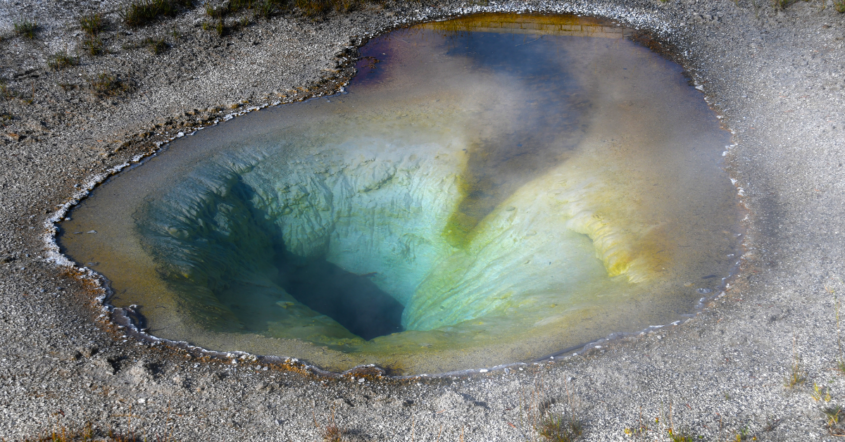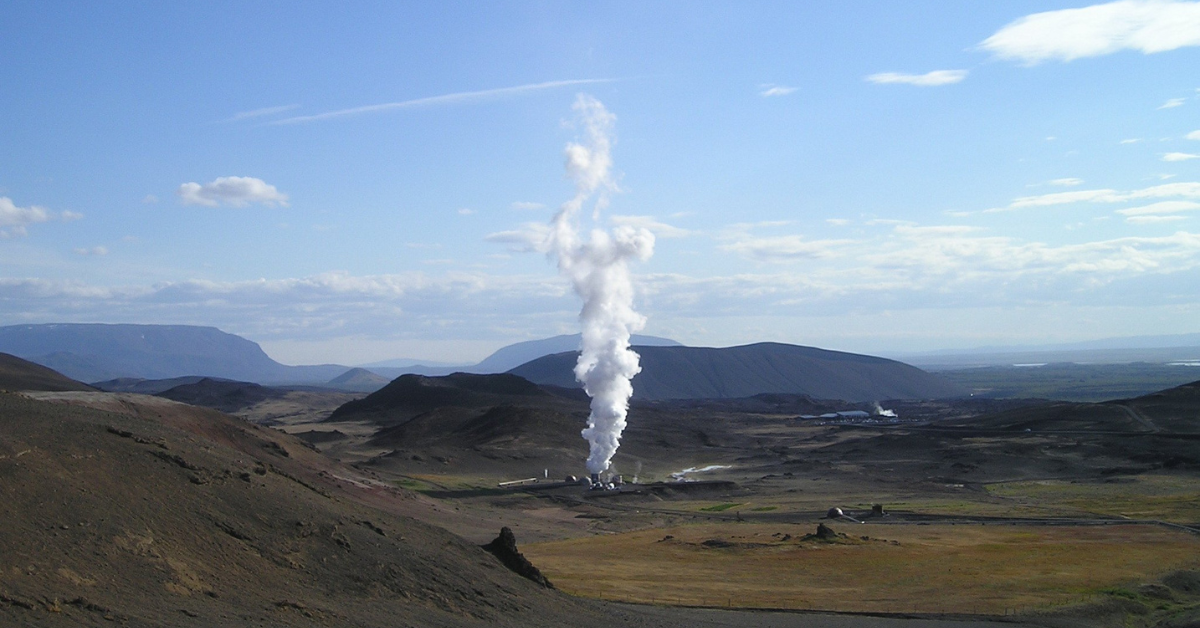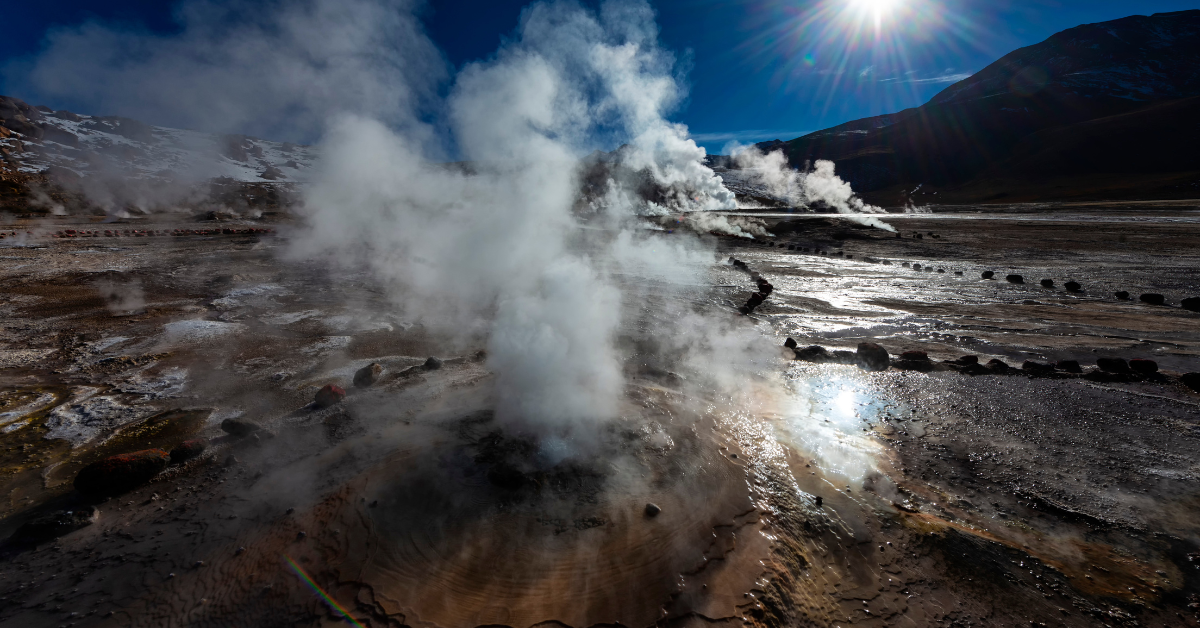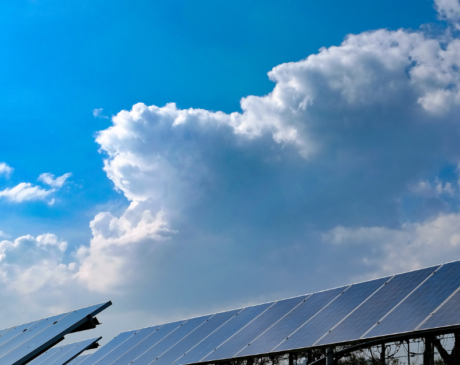Geothermal heating: advantages for the planet

Geothermal heating is emerging as a promising and environmentally friendly solution; let’s discover the geothermal heating and its advantages for the planet!
The impact of geothermal energy on the environment varies depending on how you utilize it and converte it into useful energy.
When it comes to direct-use applications and geothermal heat pumps, their environmental footprint is remarkably minimal.
In fact, they tend to have a favorable influence by diminishing the reliance on energy sources that can exert adverse environmental consequences.
Understanding Geothermal Heating
Geothermal heating, often referred to as ground-source heat pumps or geothermal heat pumps, is a renewable energy technology that harnesses the Earth’s natural heat to provide heating and cooling for homes, businesses and other structures.

Unlike traditional heating and cooling systems that rely on fossil fuels or electricity generated from non-renewable sources, geothermal heating systems utilize the Earth’s constant and consistent thermal energy.
The primary components of a geothermal heating system include:
- Heat Pump: the heat pump is the heart of the geothermal system. It acts as a central unit responsible for transferring heat between the Earth and the building. There are two main types of heat pumps that you can use in geothermal systems: ground-source and water-source heat pumps.
- Ground Loop: this is a series of underground pipes, typically filled with a heat-transfer fluid (usually a mixture of water and antifreeze). The ground loop is buried in the Earth, either horizontally in trenches or vertically in boreholes and it is used to exchange heat with the ground.
- Heat Distribution System: just like conventional HVAC systems, geothermal heating systems use a heat distribution system to circulate the conditioned air or water throughout the building.
Let’s explore how geothermal heating works.
How Geothermal Heating Works
You can summarize the operation of a geothermal heating system in a few key steps.
Heat Exchange
The geothermal system starts by utilizing the Earth’s constant temperature to absorb heat from the ground or a water source (depending on the type of system). In winter, the ground is warmer than the outside air, making it an ideal source of heat.
Heat Pump Operation
The heat pump transfers the absorbed heat into the building. In heating mode, the heat pump amplifies the heat from the ground loop to a temperature suitable for heating the building.
This process is highly energy-efficient because it requires less electrical energy compared to conventional heating systems.
Distribution and Use
The conditioned air or water is then distributed throughout the building to provide warmth.
In cooling mode during the summer, the process is reversed, with heat being transferred from the building to the ground or water source, effectively cooling the indoor space.
Continuous Cycle
This heating and cooling cycle continues as needed to maintain a comfortable indoor temperature. The system adjusts its operation based on the heating or cooling demand, making it highly efficient and responsive to changes in weather conditions.
Now that we have a clear understanding of how geothermal heating systems work, let’s explore the various reasons why they are good for the planet.
Geothermal energy and heating: advantages for the planet
Geothermal energy is considered good for the planet for several reasons.
Renewable and Sustainable
Geothermal energy is a renewable and virtually inexhaustible source of power. It relies on heat generated within the Earth’s core, which will continue to produce heat for billions of years.
Unlike fossil fuels, which are finite and contribute to greenhouse gas emissions, geothermal energy can provide a constant and sustainable source of power.
Low Greenhouse Gas Emissions
Geothermal power plants release very few greenhouse gases into the atmosphere, making them a low-carbon energy source. This helps mitigate climate change and reduce the overall carbon footprint of the energy sector.
Energy Independence
Geothermal energy reduces a country’s dependence on imported fossil fuels, enhancing energy security and reducing exposure to volatile global energy markets.
This independence can be particularly important for countries with limited domestic energy resources.
Consistent and Reliable
Unlike some other renewable energy sources like wind and solar, geothermal energy is not dependent on weather conditions.
It provides a stable and consistent power supply, making it reliable for baseload electricity generation. This reliability is essential for maintaining a steady energy supply in all weather conditions.

Land Use Efficiency
Geothermal power plants typically require less land compared to solar and wind farms, which is particularly advantageous in densely populated areas or where land use is a concern.
They can also coexist with other land uses like agriculture.
Reduced Air Pollution
Geothermal energy does not emit harmful air pollutants or particulate matter during power generation, which contributes to improved air quality and public health.
Long Lifecycle
Geothermal power plants have a relatively long lifecycle, often exceeding 25 to 30 years, which minimizes the need for frequent replacements and infrastructure development.
Job Creation
The geothermal energy industry creates job opportunities, both in the construction and operation of power plants and in research and development.
Potential for District Heating
Geothermal energy can be used for direct heating, particularly in regions with hot water springs or shallow geothermal resources.
This can significantly reduce the need for fossil fuel-based heating systems, further reducing greenhouse gas emissions.
Resilience to Fuel Price Fluctuations
Geothermal energy costs are relatively stable over time since they are not subject to the price fluctuations associated with fossil fuels.
While geothermal energy has numerous environmental and economic benefits, it is essential to consider specific geological and geographical conditions to determine its feasibility in a given location.
Nonetheless, when harnessed properly, geothermal energy can play a vital role in reducing carbon emissions and mitigating the effects of climate change.
We’ve seen the advantages of the geothermal heating for the planet; the ecological implications of geothermal energy hinge on its method of application and conversion into usable power.
When considering direct utilization and geothermal heat pumps, their detrimental impact on the environment is nearly nonexistent.
Instead, they often yield positive outcomes by reducing the dependency on energy sources that can engender adverse environmental effects.



